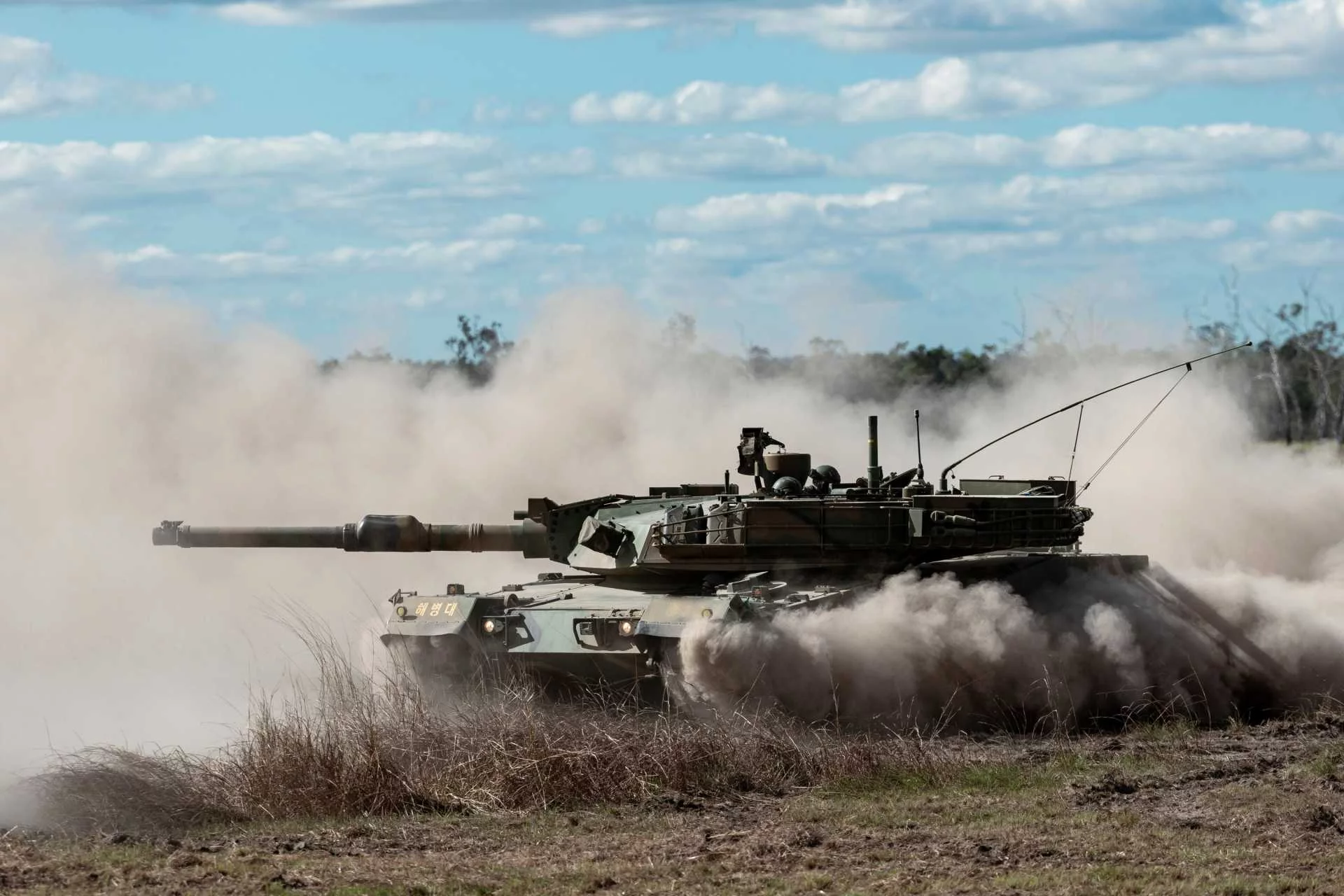In the high-stakes world of modern warfare, where swarms of cheap, deadly drones can turn the tide of battle in an instant, the U.S. Army is gearing up for a revolutionary upgrade. Imagine a shoulder-fired missile that doesn’t just match the threats of tomorrow—it obliterates them from distances twice as far as anything in today’s arsenal. Enter Raytheon’s Next-Generation Short-Range Interceptor (NGSRI), the Stinger missile’s bold successor that’s set to redefine air defense. With its first full-system flight test slated for late 2025, this isn’t just an evolution; it’s a total domination of the skies. As drone warfare explodes on battlefields from Ukraine to the Middle East, the NGSRI promises to give American troops an edge that’s as lethal as it is long-range. Buckle up as we dive deep into the tech, the tests, and the game-changing implications of this powerhouse.
The Aging Stinger: A Hero’s Sunset in a Drone-Filled Dawn
To understand the NGSRI’s seismic impact, we first need to rewind to the 1980s, when the FIM-92 Stinger burst onto the scene as the ultimate man-portable air-defense system (MANPADS). This compact powerhouse, measuring just 1.52 meters long with a slender 70mm diameter body, has been the go-to for soldiers needing quick, reliable protection against low-flying threats. Sealed in its all-up-round canister, the Stinger fires from the shoulder, a tripod, or even vehicle mounts, homing in on heat signatures with infrared precision. Its blast-fragmentation warhead—packing about 3kg of explosive fury—delivers peak speeds around Mach 2.1, nailing targets within a 6km radius and altitudes under 3km. For decades, it shredded helicopters, fixed-wing aircraft, cruise missiles, and early unmanned aerial systems (UAS), earning its stripes in conflicts from the Cold War to counterinsurgency ops.
But here’s the harsh reality: the Stinger is showing its age. In an era dominated by low-cost, high-volume drones—like the kind flooding Ukrainian skies or buzzing over U.S. training grounds—its short range and vulnerability to countermeasures leave gaps wider than a football field. Production lines, dormant for years, were hastily revived in 2022 to replenish stocks depleted by massive aid shipments to Ukraine and other allies. Yet, even with upgrades like reprogrammable microprocessors and enhanced seekers for better target discrimination, the Stinger’s legacy components and limited output can’t keep pace. Enter the NGSRI: not a patch, but a full-throttle replacement designed to hurl threats into oblivion from nearly 9km away.
Birth of a Beast: The NGSRI Program’s High-Octane Origins
Launched under the U.S. Army’s M-SHORAD (Maneuver Short-Range Air Defense) Increment 3 initiative, the NGSRI program is a direct response to America’s glaring short-range air-defense shortfall. Picture this: post-Cold War budget cuts gutted SHORAD units, counterinsurgency wars sidelined mobile air defenses for two decades, and recent drone booms exposed the cracks. With Stinger inventories stretched thin—thanks to training demands and over $1 billion in transfers since 2022—the Army demanded a next-gen interceptor that punches harder, reaches farther, and plays nice with existing gear.
In March 2023, the gloves came off in a competitive prototyping showdown. Raytheon and Lockheed Martin snagged contracts to battle it out, but Raytheon’s design has surged ahead, clocking in ten subsystem demos that scrutinized everything from seekers and rocket motors to warheads and safety fuses. These weren’t lab toys; they involved virtual reality simulations and hands-on soldier feedback, birthing a sleeker, lighter single-piece launcher that’s easier to tote and fire. Ergonomics? Nailed. Training? Revolutionized with virtual tools that let troops practice anywhere, anytime, ditching clunky specialized facilities.
The Army’s wishlist was laser-focused: amp up target acquisition for drone swarms, crank lethality against low-slow-small threats, and stretch range without bloating the missile’s footprint. Budget? A hefty $373.7 million earmarked for 2025 development, overseen by the Program Executive Office Missiles and Space. Milestones? Operational demos in fiscal year 2026, production greenlight in 2027, and low-rate initial production roaring to life in 2028. This isn’t pie-in-the-sky—it’s a blueprint for reclaiming the skies.
Under the Hood: Raytheon’s Tech That Terrifies Drones
What makes the NGSRI a drone’s worst nightmare? Start with propulsion: a “highly loaded grain” solid rocket motor, cooked up with Northrop Grumman, that squeezes more burn time and energy from the same tiny envelope. No size increase, just smarter chemistry. Early 2025 tests kicked off with ballistic motor firings in brutal environments—hot, cold, you name it—culminating in a flight demo that proved the pudding. The result? Acceleration blasting past Mach 3, velocities that laugh at gravity, and ranges pushing 9km—roughly double the Stinger’s punch. As Raytheon boasts, this motor “extends acceleration, velocity, and range relative to conventional motors,” turning a sprint into a marathon kill shot.
But it’s not just speed; it’s smarts. The NGSRI’s seeker tech locks onto drones with surgical accuracy, shrugging off flares and decoys that bedevil older IR systems. Guidance? Aerodynamic wizardry for mid-flight tweaks. Warhead? A lethality upgrade tuned for fragile UAVs and loitering munitions. And fuzing/safety? Bulletproof, ensuring one-shot reliability without friendly-fire roulette. All this while hugging the Stinger’s form factor—same weight, same packaging—for zero-drama swaps in shoulder-fired or vehicle roles.
Raytheon’s secret sauce? A modular open-systems architecture that’s future-proof. Think Lego blocks for missiles: swap components as threats mutate, from AI-guided drone hives to hypersonic pests. Production-wise, they’re automating assembly to slash touchpoints, ramping output without breaking the bank. Soldier input shaped it all—from launcher grips that feel like an extension of the arm to training sims that build muscle memory fast. By late 2025, that first integrated flight test will fuse it all: seeker locking, motor roaring, warhead detonating in a drone-shredding spectacle.
Seamless Integration: Plug-and-Play Power for the Front Lines
One of the NGSRI’s sly geniuses? Backward compatibility. It slips right into Stinger Vehicle Universal Launchers on Stryker A1-based M-SHORAD “Sgt. Stout” vehicles—no retrofits, no retooling, no extra training headaches. Dismounted troops fire it shoulder-style; mounted units pack multi-round pods. The Army’s eyeing up to 361 of these Strykers by fiscal 2031, creating a mobile shield wall against aerial incursions.
This plug-and-play ethos slashes logistics nightmares. No new supply chains, no specialized ammo dumps—just drop in the NGSRI and watch engagement envelopes balloon. For maneuver brigades, it means layered defense: Stingers for close-in scraps, NGSRIs for the outer rim. And as M-SHORAD production ramps (still years from full brigade coverage), this ensures no gaps during the handover.
Global Ripples: Allies, Inventories, and the Drone Apocalypse
The NGSRI isn’t just an American flex—it’s a lifeline for NATO and beyond. Stinger sustainment is in overdrive: refurbishments over new builds, with a $780 million NATO deal in mid-2024 netting 940 missiles. European production surges in 2025 will backfill allied stocks, buying time for the transition. But the real driver? Drone proliferation. From Iranian Shaheds in Ukraine to Chinese knockoffs eyeing Taiwan, low-cost UAS are rewriting rules. The NGSRI counters with range that lets troops engage before drones deploy payloads, turning potential massacres into managed threats.
Inventory woes amplify the urgency. U.S. Stinger lines chug at limited capacity, legacy parts scarce as hen’s teeth. Transfers to Ukraine alone drained depths, forcing a pivot to high-volume, adaptable interceptors. The NGSRI’s composable design—easy upgrades, scalable production—ensures the Army stays ahead of the curve, not chasing it.
The Horizon: A Skies-Dominating Future for U.S. Forces
As the NGSRI hurtles toward 2028 production, it’s more than a missile—it’s a manifesto for 21st-century air defense. Doubling ranges to 9km means safer standoffs, fewer exposed troops, and swarms neutralized before they swarm. Integrated with Strykers and beyond, it fortifies maneuver forces against the drone deluge, closing that post-Cold War gap with ruthless efficiency.
Raytheon’s NGSRI isn’t just replacing the Stinger; it’s eclipsing it, arming the U.S. Army with tools to reach farther, hit harder, and adapt faster than ever. In a world where the next war starts with a buzz overhead, this is the sound of victory—silent, swift, and unstoppable. Stay tuned: when that 2025 flight test ignites, the drone era ends, and a new dawn of dominance begins.




